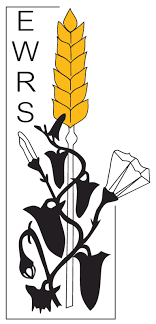The aim of this 3-day workshop meeting is to exchange current research results and knowledge related to the sustainable use of herbicides, utilization of IWM systems and agroecology practices that reduce the amounts and risks of herbicides in European cropping systems. The scope of the workshop is in direct relation to the Farm to Fork EU strategy, the objectives of the Green Deal and the latest Sustainable Use of pesticides Regulation (SUR). Strong input & participation from the industry is welcome.
A good number of postgraduate students and early-stage career scientists (i.e. Master/PhD-students and scientists younger than 35 years of age) that are giving a presentation (oral or poster) at the workshop can receive a refund that will cover part of their accommodation and travel expenses.
The meeting will include a field trip to visualize the latest developments in the sustainable use of herbicides.
The major topics are:
- Biology & ecology of weeds related to management practices;
- Cultivation novelties (rotations, tillage, cover crops, mulching and intercropping);
- Non-chemical tools (flaming, mechanical weeding, biocontrol agents, seed treatments, weed competitive crops);
- Smart & digital solutions to minimize use and risk (DSS, robotics, spraying systems, UAVs)
ORGANIZERS
- Local organizers: William Smith, NIAB ([email protected]); Lynn Tatnell, ADAS ([email protected])
- Leader of the EWRS Working Group: Demosthenis Chachalis ([email protected]); Deputy Leader: Milena Simic ([email protected])
For more information about this event visit the EWRS site with this link


